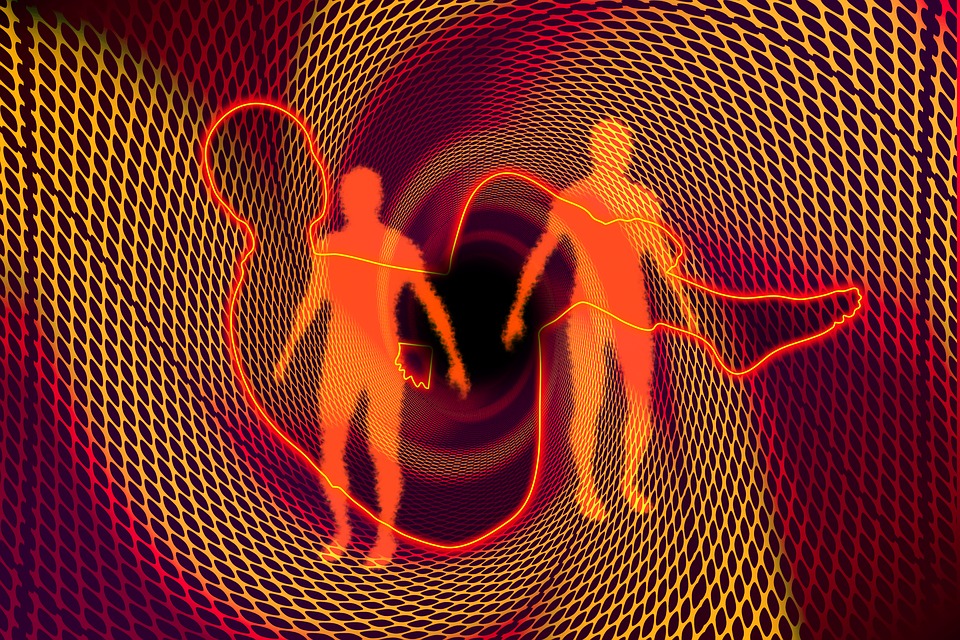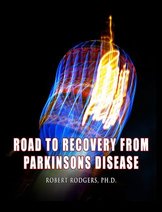Latest developments in Parkinsons New Treatments
Managing Parkinson’s has primarily revolved around using medications to suppress symptoms temporarily. Recent years have witnessed remarkable strides in understanding the disease’s mechanisms and developing ground breaking approaches to treatments. Some of the Parkinsons new treatments and approaches are listed below.
- Gene Therapy: Genetic factors play a significant role in Parkinson’s disease. Gene therapy aims to modify dysfunctional genes or introduce healthy ones to halt or slow down the progression of the disease. Recent studies have shown promising results in preclinical trials, raising hopes for effective gene-based treatments in the future.
- Deep Brain Stimulation (DBS) Innovations: A surgical procedure involving the implantation of electrodes in the brain, DBS is designed to regulate abnormal neural activity in the brain. Advances in DBS technology, such as closed-loop systems that adapt stimulation in real-time based on the patient’s brain activity, promise more precise and personalized treatment approaches.
- Focused Ultrasound:Focused ultrasound (FUS) is a non-invasive therapy that uses sound waves to target specific areas of the brain.
- Neuroprotective Strategies: While current treatments focus on suppressing symptoms, there is growing interest in therapies that support the body to heal from the inside out. A variety of supplements, antioxidants and anti-inflammatory agents are now being used to facilitate the healing process.
- Stem Cell Therapy: Stem cell therapy holds immense potential for regenerating damaged brain tissue in Parkinson’s patients. By replenishing the lost dopamine-producing cells, stem cell transplants restore motor function and alleviate symptoms. The cost involved for many of them is high and effects are unfortunately usually not sustained over the long run.
- Digital Health Solutions: The integration of digital health technologies is revolutionizing Parkinson’s care. Wearable devices equipped with sensors monitor movement patterns and medication responses in real-time, enabling more personalized treatment adjustments. Smartphone apps and telemedicine platforms also facilitate remote monitoring and timely interventions, enhancing patient outcomes and convenience.
- Lifestyle Interventions: Beyond medical treatments, lifestyle modifications play a crucial role in managing Parkinson’s disease. Exercise, in particular, has been shown to improve mobility, balance, and overall well-being in PD patients. Emerging research suggests that specific forms of exercise, such as high-intensity interval training and dance therapy, have neuroprotective effects.
- Combination Therapies: Recognizing the complex nature of Parkinson’s, researchers are exploring combination therapies that target multiple aspects of the disease simultaneously. By combining drugs with different mechanisms of action or pairing medications with non-pharmacological interventions, such as physical therapy or cognitive training, synergistic effects can be achieved, leading to better symptom control and enhanced quality of life.
The above listing summarizes what is being done now. What about the future? The practice of medicine is being revolutionized with the delivery of sound and light devices which help bring the body back into balance. I offer a preview of these new disoveries in my free online course. To register, click the link below, enter your email, create a password and presto – you are in.
Summary: Parkinsons New Treatments
The landscape of Parkinson’s disease treatment is evolving rapidly, driven by groundbreaking discoveries and innovative approaches which use a variety of therapies and approaches. The future holds promise for improved outcomes and a bright outlook for individuals currently living with the symptoms of Parkinson’s as well as their families. As we continue to push the boundaries of science and innovation, researchers are discovering how to support the body’s ability to heal from the inside out.
Robert Rodgers PhD
Founder 2004
Parkinsons Recovery
Healing from the Inside Out




